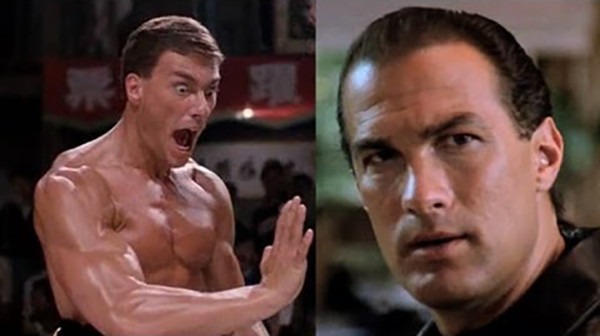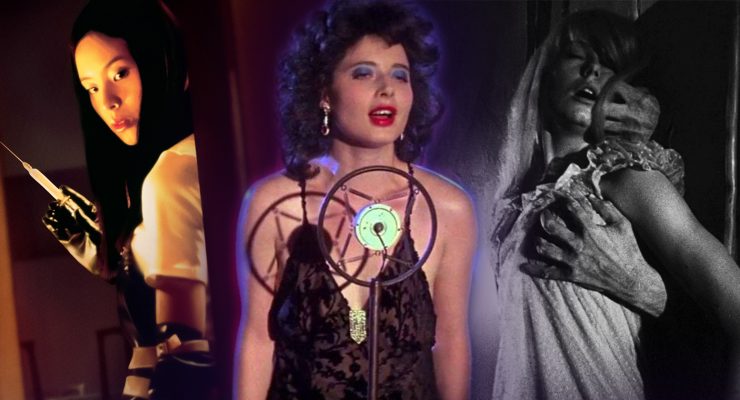Trevor Hogg chats with Thelma Schoonmaker who had a fateful encounter which led to her pursuing a career as a film editor rather than becoming a diplomat…
“I knew nothing about film editing when I luckily ran into Martin Scorsese [The Wolf of Wall Street] at a six-week summer course,” recalls Thelma Schoonmaker who established a lifelong friendship and collaboration with her New York University Film School classmate. “But I helped him recut his student film, the negative of which had been incorrectly put together. Maybe it was that act which began to make him think he could trust me with his films. In any event, Scorsese then asked me to help him edit his first feature film, Who’s That Knocking [1967], and during that process he began to teach me about editing. Over the years, Scorsese has continued to teach me about editing. It took a long time before I felt confident.”
Another filmmaker who had a significant impact upon Thelma Schoonmaker was her husband Michael Powell (The Red Shoes). “Any great director has to have a strong sense of editing. You can see in the work of Powell and Scorsese that they think like editors when shooting their movies. There is an astounding simplicity sometimes in the way Powell creates a scene because he understands what is really important in it. You don’t necessarily need a beginning and ending of each scene – strike into the heart of the scene. Perhaps the most important thing he taught Scorsese and me is to never talk down to your audience. Always assume that the audience is ahead of you and you must struggle to try and get ahead of them. So dumbing down a movie is anathema to both Powell and Scorsese. They want you to feel the film and not to be told what to think. Respect is very important in the way Scorsese works with actors and also the way he regards his audience.”
Robert De Niro (Goodfellas) and Leonardo DiCaprio (Gangs of New York) have frequently worked with Martin Scorsese. “Both De Niro and DiCaprio are willing to experiment with how they lay down their characters in movies,” notes Thelma Schoohmaker. “They are unafraid of stretching the boundaries of what is expected of a character. They are both extremely good at making you care for the characters they create, even if those characters are not heroes. In fact, Scorsese is more interested in the anti-hero and both actors are willing to go along with him on that. They are interested in the truth, even it if is painful at times.”
Martin Scorsese often begins with a scene which occurs at the middle of the movie and makes his way back to it. “I think many films have used this device not just Scorsese. It’s just one way to go when you are trying to hook an audience.” Thelma Schoonmaker goes on to reference the opening for Casino (1995). “It’s just one way to go when you are trying to hook an audience. For example, De Niro walking out to his car and being blown up when he starts it is a very intriguing way to start a film.”
“Scorsese is always open to ideas, but he has a very strong vision for his films and my job first is to build on that vision for him,” explains Thelma Schoonmaker. “On the set, there is nothing he likes better than for something accidental to happen that the actors can use to great advantage. But if you don’t have a director who has a strong hand on the helm, the picture shows that. In the editing room, he is happy to look at experimental edits and together we decide if there is any value to them. I feel creatively involved all the time.”
Upon being asked what were the biggest challenges encountered when assembling her Oscar-winning work, Schoonmaker responds, “That is rather an enormous question! In Raging Bull [1980] it was the improvisation, which was brilliant, but can take a long time to cut so that it works as if it had been written. The fights were brilliantly thought out and shot by Scorsese and so they were just a joy to put together. On Aviator [2004] I guess to make all the plane action believable, because they don’t exist anymore, but Rob Legato, our VFX wizard, had a lot to do with that. How long to dwell on Howard’s madness was something we worked at a lot. On The Departed [2006], the improvisation was again time consuming, but always fun. Structurally, we had to move scenes around on that film. But it seems to have come together in the end.”
“Now that we have worked together for half a century, the basis of our relationship is still the same,” observes Thelma Schoonmaker. “Scorsese trusts me to do what is right for his films. After I have done the first cut while the film is being shot, he comes into the editing room and we work collaboratively for the rest of the post period. Editing is Scorsese’s favourite part of filmmaking and he feels he really makes his films in the editing room. It is a real partnership; we talk about and make hundreds of decisions a day together. It is the best job in the world.”
Many thanks to Thelma Schoonmaker for taking the time for this interview.
Wolf Pack: The Making of The Wolf of Wall Street
Trevor Hogg is a freelance video editor and writer who currently resides in Canada.











